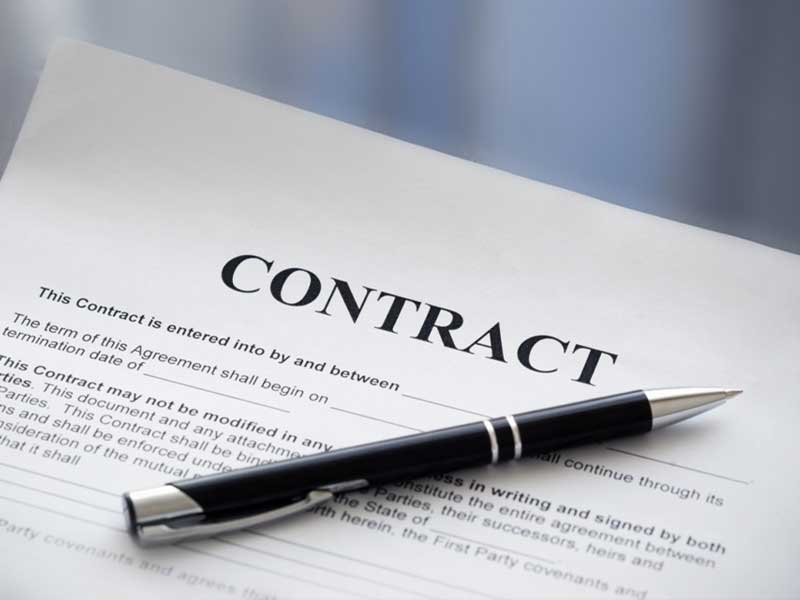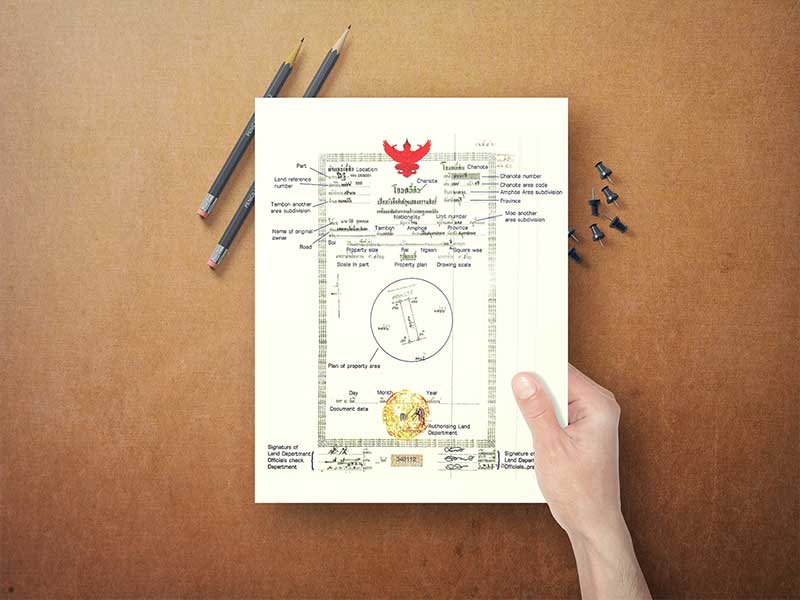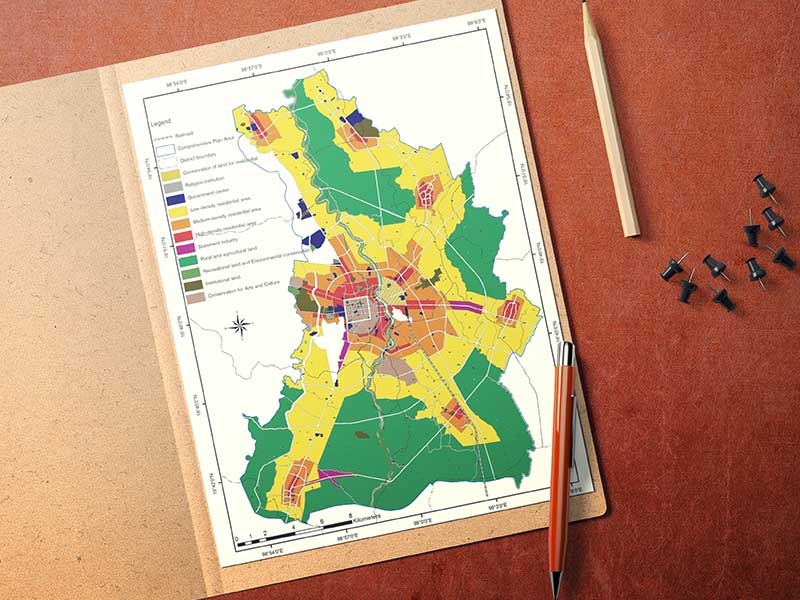Lanta Property Buyers Resources

Ownership Options
Although foreigners are legally prohibited from owning land in Thailand, there are proven and effective ways in which you are able to purchase land and own it while complying with Thai laws.

Land Titles
There are 5 different types of land titles in Thailand, but only 2 types of titles are recommended for foreign investors

Zoning Regulations
There are 4 general zone regulations issued under the Building Control Act, giving standard building size, design and the height of the building.
OWNING A PROPERTY IN THAILAND
Although foreigners are legally prohibited from owning land in Thailand, there are proven and effective ways in which you are able to purchase land and own it while complying with Thai laws.
In some developments the freehold is passed to the individual lessees once the entire development is sold out. Each lessee then owns an equal share in the freeholds so that they effectively become their own landlords.
Another form of land purchase for foreigners is through a Leasehold Agreement. These are generally written up as 30 year leases with two additional prepaid 30 year renewals for a total of 90 years. The lease will include clauses that automatically allow freehold ownership if Thai law ever changes to allow foreign ownership, and the right to sell, sublet, or transfer the property. This makes Leasehold purchase effectively ownership.
One form of land purchase, popular with foreign investors is through a Limited Liability Company. The foreigner can own a maximum 49% of the company shares, but can easily – and legally – organize to be the only director of the company who can commit or bind the company in any contractual dealings. This effectively allows the buyer total & secure control of the company and its assets.
A few years ago Thailand introduced the “Freehold Condominium” law which has the effect of producing a two-tier ownership structure within a single development. Under this law, 49% of the condominium development can be sold outright to foreigners with Thai owners holding at least the remaining 51%.
WHERE TO GO FOR HELP?
We hope this enhances your understanding of Thai property ownership rules. While seemingly complex, we can assure you that thousands of foreigners have made safe and successful purchases, including ourselves. As the business landscape in Thailand is prone to changes, it is best to seek the advice of reputable professionals who can guide you.
LAND TITLES IN THAILAND
It is highly recommended that a proper land search at the land office is carried out before you make an offer. There are 5 different types of land titles in Thailand, but only 2 types of titles are recommended for foreign investors: Nor Sor 3 Gor and Chanote.
Nor Sor 3 Gor is similar to the Nor Sor 3 certification. The only difference is that the map survey of the land plot is based on an aerial-viewed photograph of the land.
Ownership Title Deed or Chanote (Nor Sor 4) is the ultimate certification of land ownership. Holders of the title deed have full rights to transfer or sell the properties and to bar other parties from violating their rights over the land protected by the ownership title deed law.
These title deeds must be registered at the Land Department in the province in which the land is located. It should also be noted that a parcel of land may be commonly held by several individuals. A person whose name appears on a Chanote, or Land Title Deed, has all the legal rights to that land, and can produce the deed as evidence of ownership to Government officials.
LAND SIZES IN THAILAND
1 Talang Mett = 1 sqm = 10.7 sq feet
1 Talang Wah = 4 sqm = 42.7 sq feet
100 Talang Wah = 400 sqm = 4,277 sq feet = 1 Ngan
400 Talang Wah = 1,600 sqm =1 7,108 sq feet = 4 Ngan = 1 Rai
1,000 Talang Wah = 4,000 sqm = 42,772 sq feet = 10 Ngan = 2.529 Rai = 1 Acre
ZONING & BUILDING REGULATIONS
The titles possible to register a sale or lease over and to apply for and obtain approval to build on land are the Nor Sor 3, Nor Sor 3 Gor and Chanote.
The titles possible to register a sale or lease over and to apply for and obtain approval to build on land are the Nor Sor 3, Nor Sor 3 Gor and Chanote.
There are 4 general zone regulations issued under the Building Control Act, giving standard building size, design and the height of the building.
The restrictions and the requirements for utilization of land in each zone are different. The main aim is to set rules for sustainable development of Koh Lanta and protect the environment.
ZONE 1
From high-tide mark to 50 meters inland (elevation below 40 meters above sea-level)
• For the first 20 meters inland from the high-water mark there may be no construction and there may be no earthworks at all (levelling or filling).
• The height limit is a maximum of 6 meters – measured to highest point on the building. (In Krabi, officials are approving 2-story buildings with a pitched roof, and are not strictly enforcing the 6 meters.)
• Buildings may take up no more than 25% of total land area – there must be 75% open space.
• Each building’s ‘footprint’ may not exceed 75 square meters; the distance between buildings must be 4 meters; and there must be a minimum of 2 meters between a building and the property line.
ZONE 2
From 50 to 150 meters inland (elevation below 40 meters above sea-level)
• The height limit for buildings is 12 meters.
• No shop houses may be constructed (residential row houses are acceptable but must have a gap equal to the width of each unit after every fifth unit).
• Building space may not take up more than 50% of total land area, leaving at least 50% open space.
ZONE 3
From 150 to 500 meters (elevation below 40 meters above sea-level)
• The height limit for buildings is 16 meters.
• Building space must not exceed 70% of the total land area.
ZONE 4
ABOVE 80M HEIGHT LEVEL
The National Ministry regulations state that nothing can be built on land more than 80 meters above sea-level. This law is currently only being applied in Phuket. All other provinces have decided to opt out of this specific regulation, but there is the possibility that it might be applied in the future.
GENERAL ADDITIONAL BUILDING REGULATIONS
• The roof must be a pitched (sloping) roof that covers at least 70% of the building. (This regulation, which is highly problematic, has not really been applied in Krabi yet.)
• Building colors are limited to: brick, burned earth, brown, grey, leaf green, white, and whatever other colors are approved by the local district.)
• Any earthworks may not be done on any slope greater than 25 degrees.
• Building plans must be approved by the local Or Bor Tor officials and then the provincial Public Works Department (Yotha).
• Any development of more than 11 units must complete and Environmental Impact Study.
